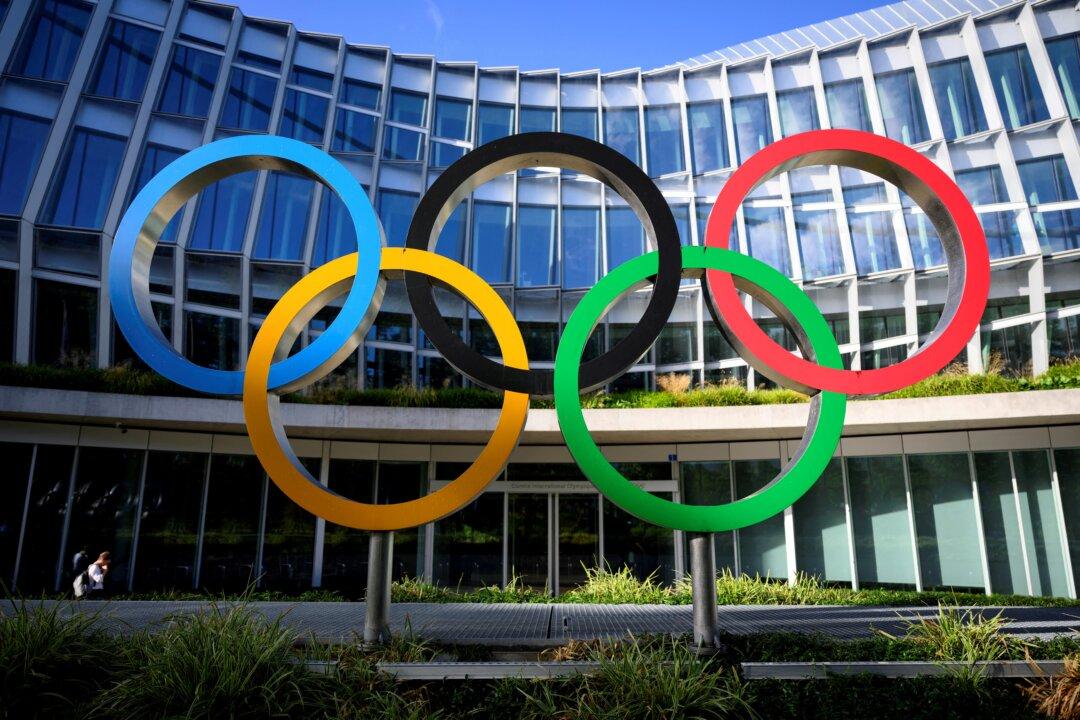Commentary
I resisted the “Barbie” movie as long as possible, but eventually succumbed. When a film bearing one’s childhood nickname (mine with a “y,” note) grosses over $2 billion, and one hears so many gushing plaudits even from intelligent peers, curiosity mounts. Could this film actually be… good? Was Ben Shapiro’s scathingly denunciatory 43-minute review of “Barbie” (“a death-star-sized piece of dreck”) overkill?





